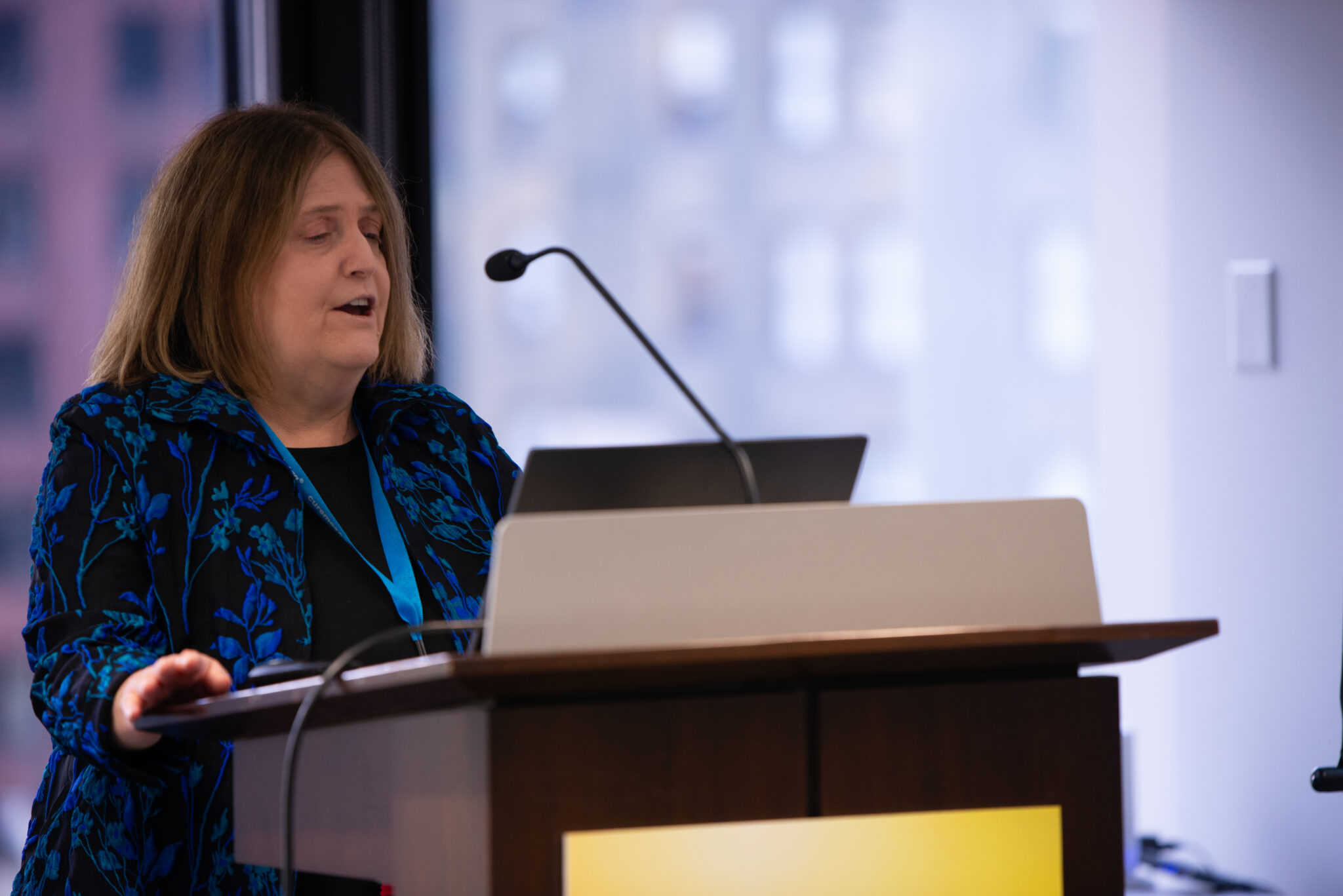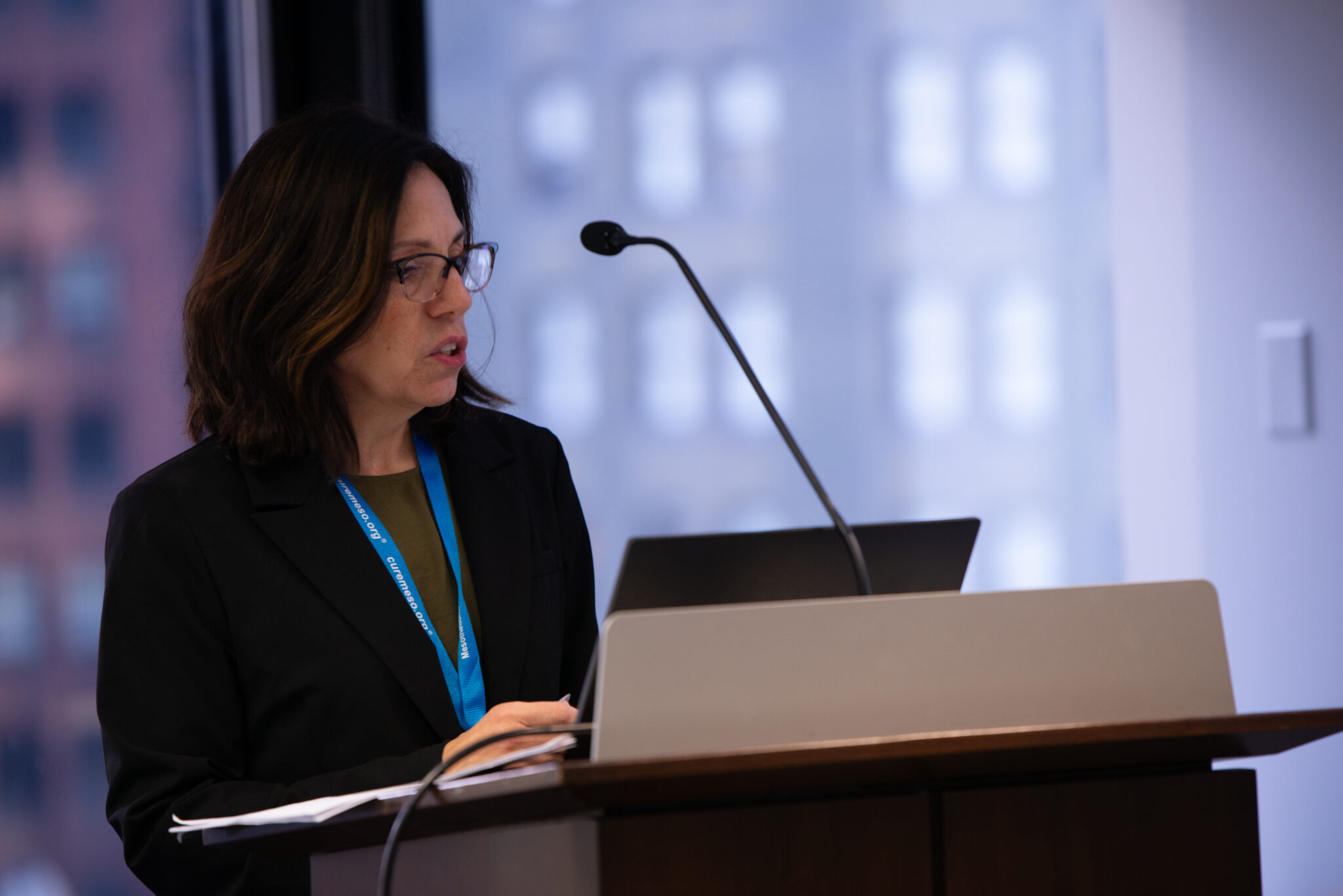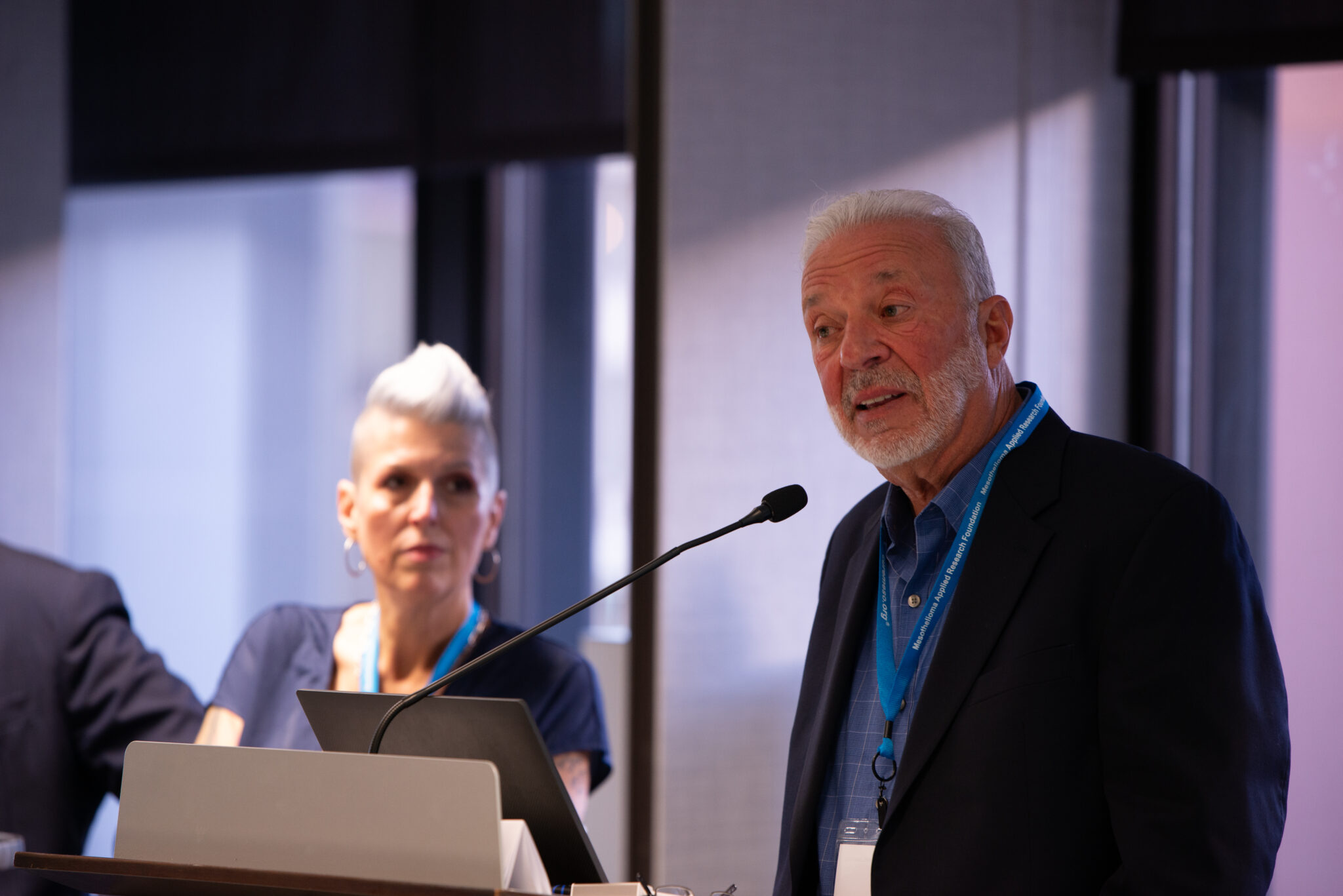by Christopher Graham
The operation itself lasted about 12 hours. They were expecting it to take more like 8 hours, but apparently there was a pretty significant amount of disease. They had to take out my spleen, distal pancreas, gallbladder, parts of the liver surface, and all of my right plus half of my transverse colon. That also meant that I lost my cecum, appendix, and terminal ileum as well (basically, the part of the gut where it changes from small to large bowel). But through something of a minor miracle, they didn’t have to take out any of my small bowel. That can actually be a huge problem with this type of surgery. If you take out too much of it, people can get what’s known as short gut syndrome.
The job of your small bowel, basically, is to absorb nutrients. It’s the part of the bowel where they always tell you something like, if you could unfold all the surface area of the small bowel, it would cover a tennis court. I’m not sure if that’s actually true or not – I’m pretty sure it’s just an estimate and that no one has ever put it to the test – but I think it illustrates the point that you need a lot of surface area to absorb nutrients from food. And if you take out too much of the gut – if you remove too much of that absorbing surface – people can’t extract the nutrients they need. So they have things like diarrhea, belly pain, and malnutrition. Sometimes they can even get vitamin deficiencies. It’s kind of a big deal.
So I was very glad that they didn’t have to take out any of my small bowel. I also found out later, when I woke up in the ICU actually, that my gastrointestinal tract was still hooked up, mouth to the back end, and that there weren’t any poo bags for a colostomy[ref]Sometimes with bowel surgeries, they have to take out some bowel and let part of it further downstream heal up. When they do that, they have to “divert the steam” so that the poop has somewhere to go. So sometimes, they have to take a loop of your bowel and bring it up through the skin and put a bag over the opening to collect the poop, while the “downstream” portion of the bowel heals. Then they can hook it back up. But sometimes this is a permanent procedure, for instance in people with bad rectal cancers.[/ref] hanging off of my belly. In addition to removing all those organs I listed above, but they also had to take out something called the omentum (essentially, a fatty covering that goes over the bowel and kind of protects it), and they also had to strip the entire lining of my abdominal cavity. They even had to scrape cancer off of the diaphragm muscles, the ones that move your lungs so you can breathe. At one point, they had to remove part of the diaphragm and reconstruct it later in the case.
They also placed two devices called “intraperitoneal mediports.” The peritoneal cavity is the fancy doctor word for abdominal cavity. Mediports are devices that are implanted under the skin. On one end, there’s a reservoir that they can access with a needle, and on the other end there’s a tube that goes wherever you put it, in this case, into the abdomen. Usually it’s a vein, and if someone says, “I have a port,” without further explanation of which type of port, everyone assumes (rightfully so) that it’s an intravenous port. Those are far more common. But mine were intra-abdominal, or “intraperitoneal.” And we didn’t need to place two of them, per se. But we did place two of them just in case one of them failed somehow. That way we’d have a backup. After all, what were the chances that both of them would fail?[ref]This is what English professors call “foreshadowing.” Suspense![/ref]
As I mentioned in the last chapter, I had pretty extensive disease by the time I was finally diagnosed. This surgery was only the first of two planned surgeries. And so, after a marathon 12-hour case, they decided they had removed enough for this surgery. We’d have to save the rest of the fun for round two. They had to leave that nodule near the first part of the small bowel, the duodenum. My surgeon told me after the fact that, he considered trying to take it out, but felt it may have added as much as 4 hours to the case, and he wasn’t sure if he would have had to remove my stomach or not. Removal of the stomach is a very serious and morbid medical procedure, and I was very appreciative that he opted not to do that. The entire point of the two step approach was to avoid exactly those sorts of very morbid surgeries.
Continue reading in the next installment by Christopher Graham here: Chapter 2 | Part 5: HIPEC and Dealing with Tubes Everywhere
Read the previous installment by Christopher Graham here: Chapter 2 | Part 3: Who are all of these People in the Operating Room?




